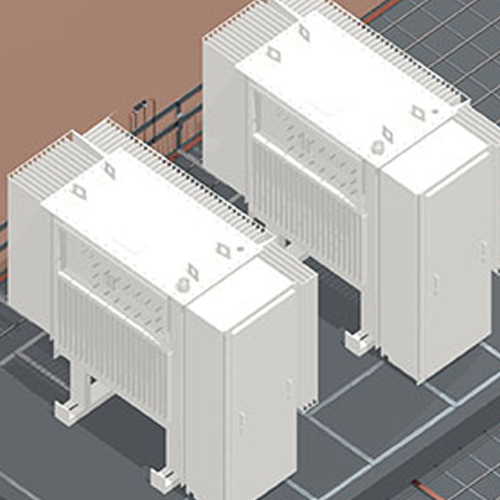Global Earthing System
GES is an earthing system created by interconnecting local earthing systems to minimise dangerous touch voltages. GES permits the division of the earth fault current in a way that reduces the earth potential rise at the local earthing system. Such system could be said to form a quasi-equipotential surface. Exposed and extraneous conductive parts are bonded together with a sufficiently dense interconnection (following the rules of main and supplementary bonding) that the rise in potential “together” ensuring NIL/MINIMUM potential difference between each item under fault conditions. No true earth reference exists and therefore safety voltages are limited.
The existence of a GES is determined by sample measurements and calculation. Typical applications of GES are
- Substation feeding densely built-up areas;
- Substation feeding suburban area with many distributed earth electrodes interconnected by low voltage protective earth conductors;
- Substation with given number of nearby substations;
- Substations connected via cables with earth electrode effect;
- Substation feeding extended industrial area;
- Substations that are part of a system with multi-earthed high voltage neutral conductors.
- For installations where high-voltage equipment is not located in closed electrical operating areas, e.g. in an industrial environment, GES prevent touch voltages resulting from HV faults in an LV system.


